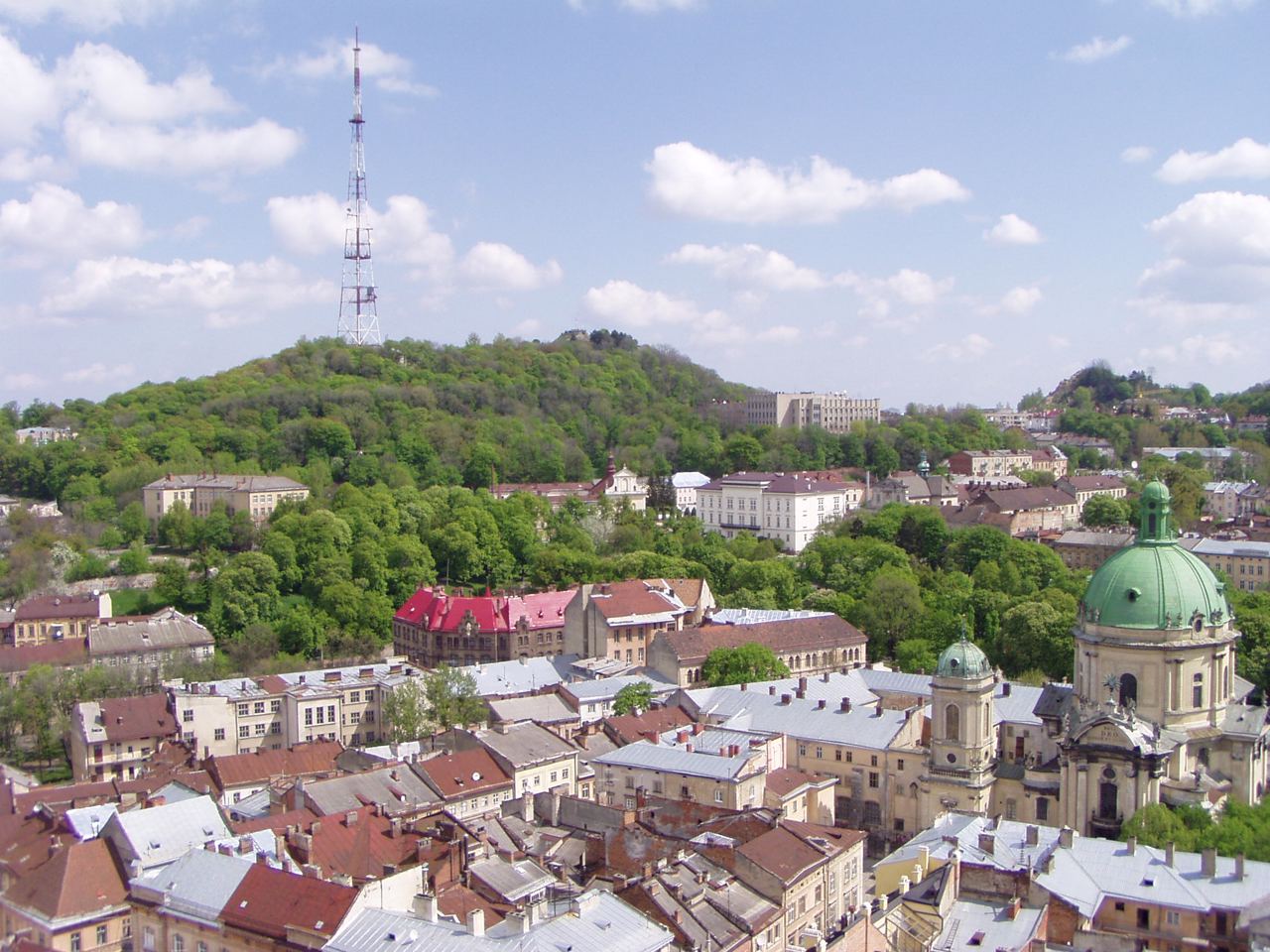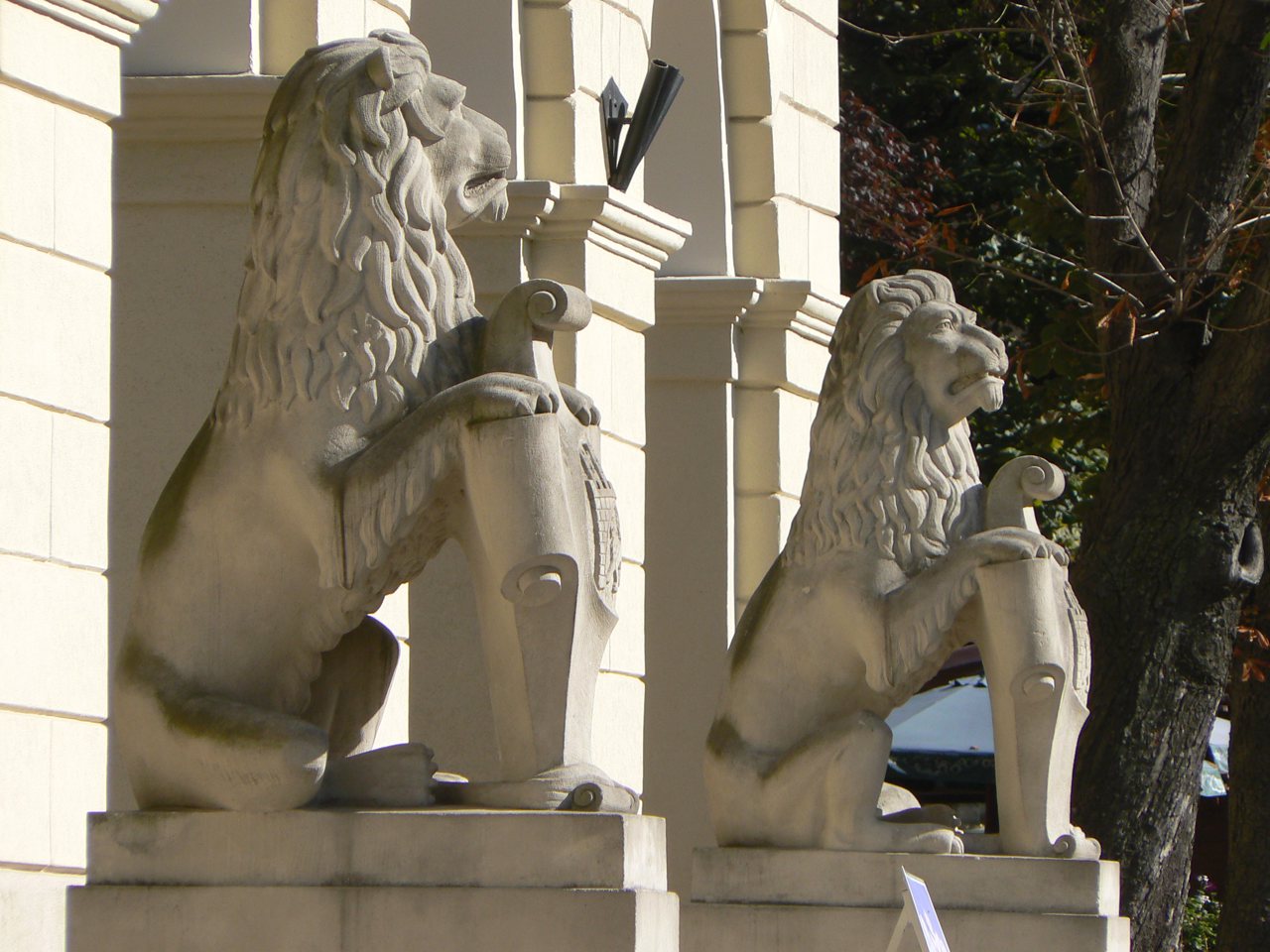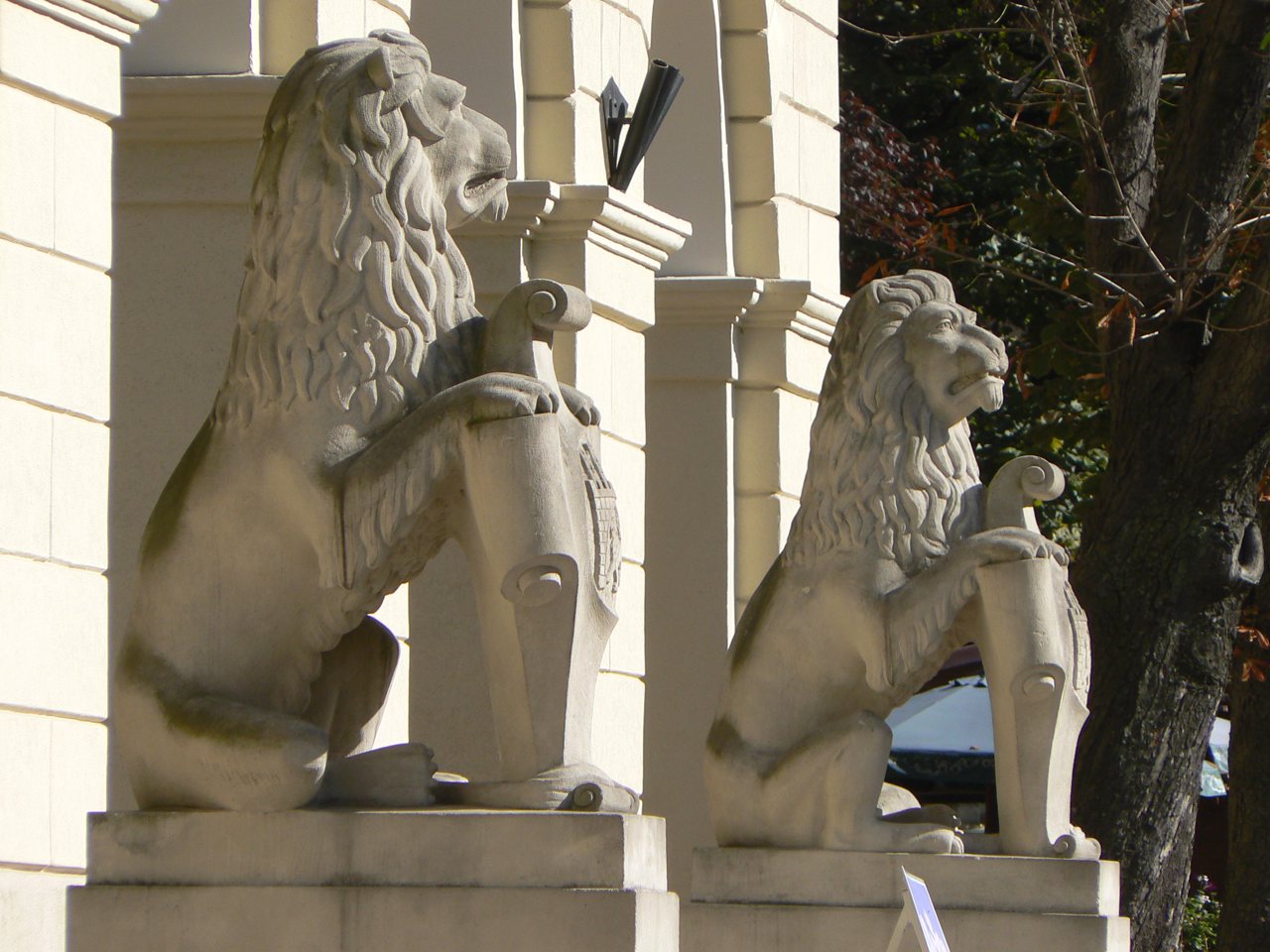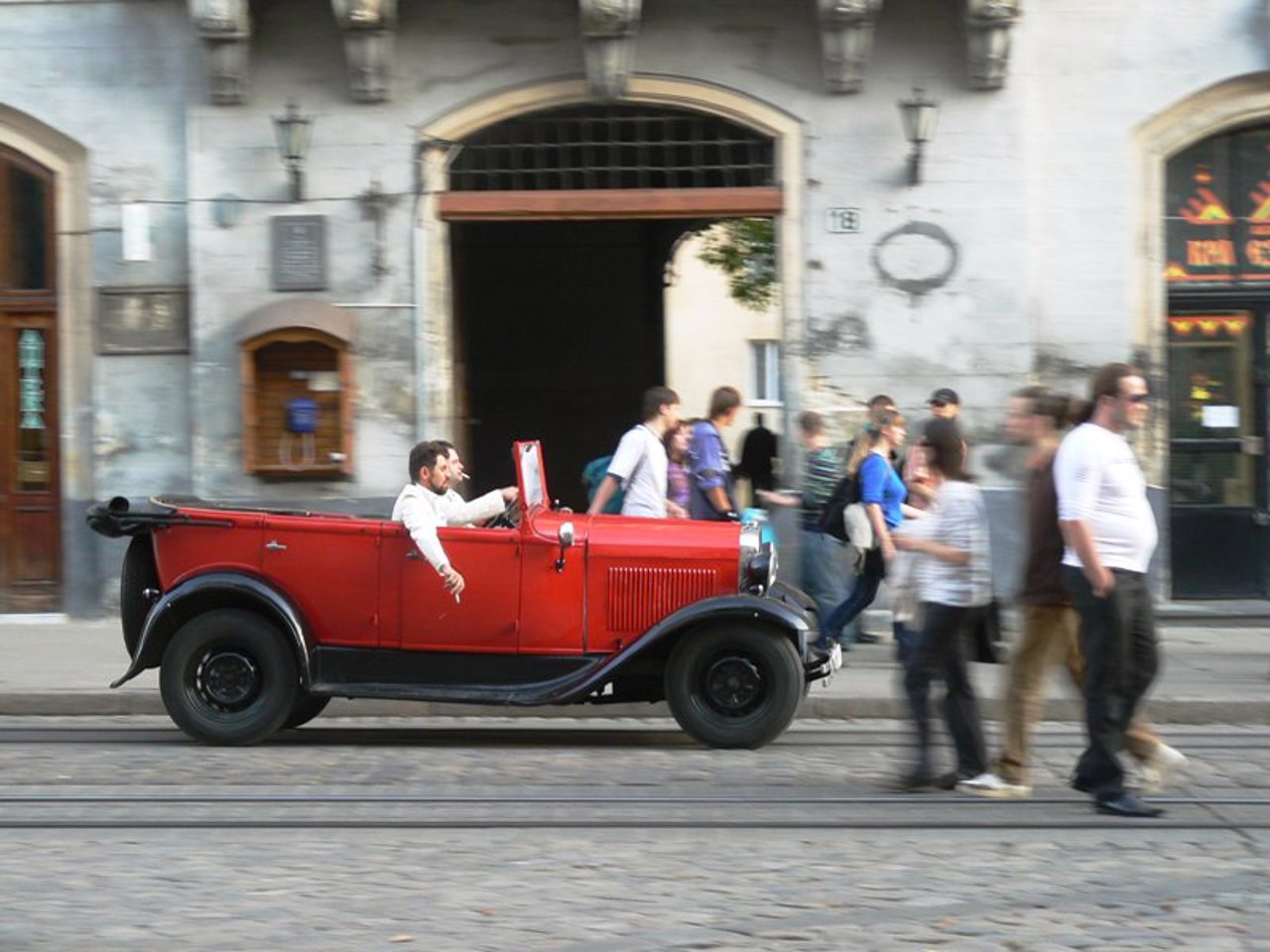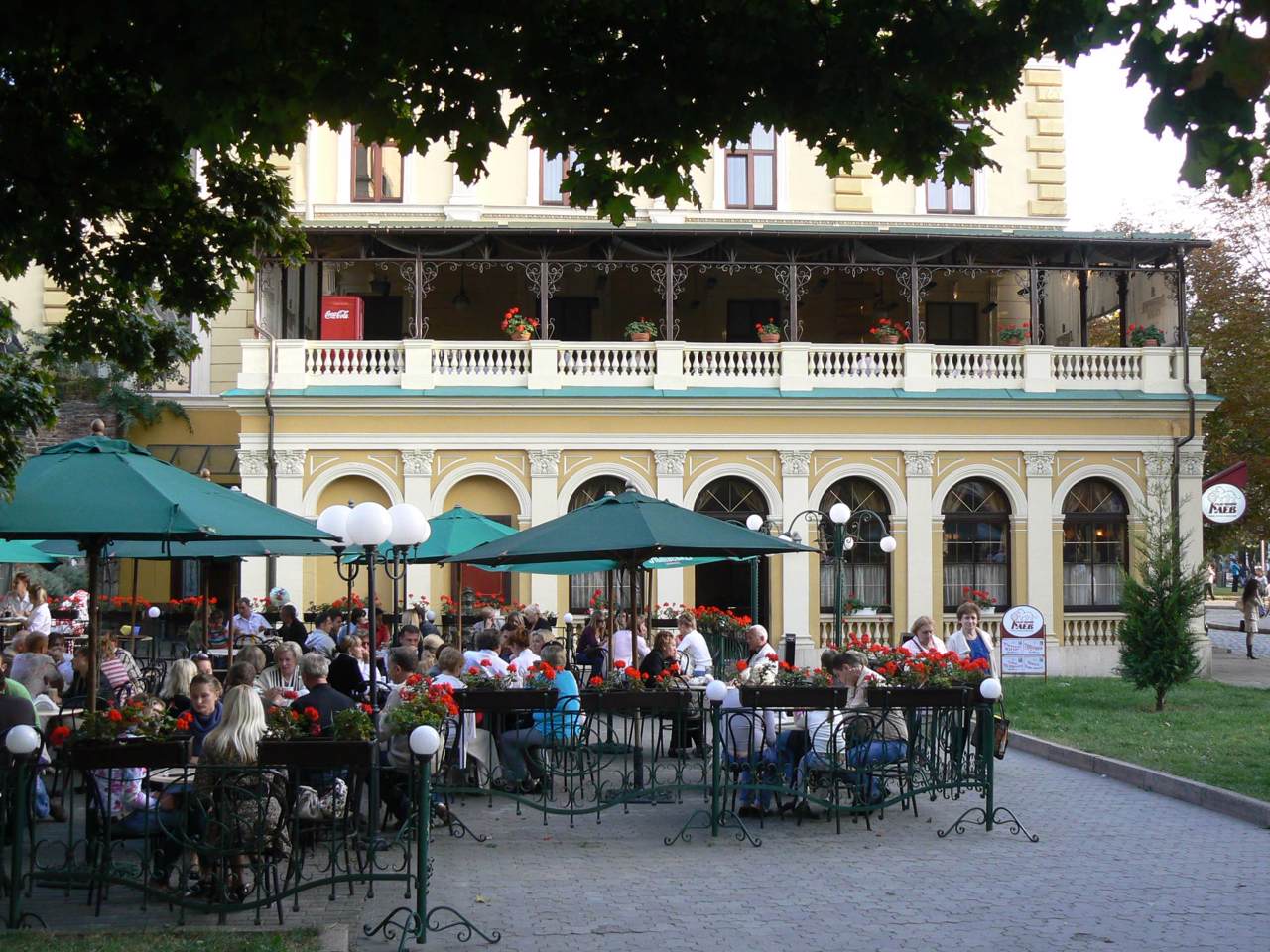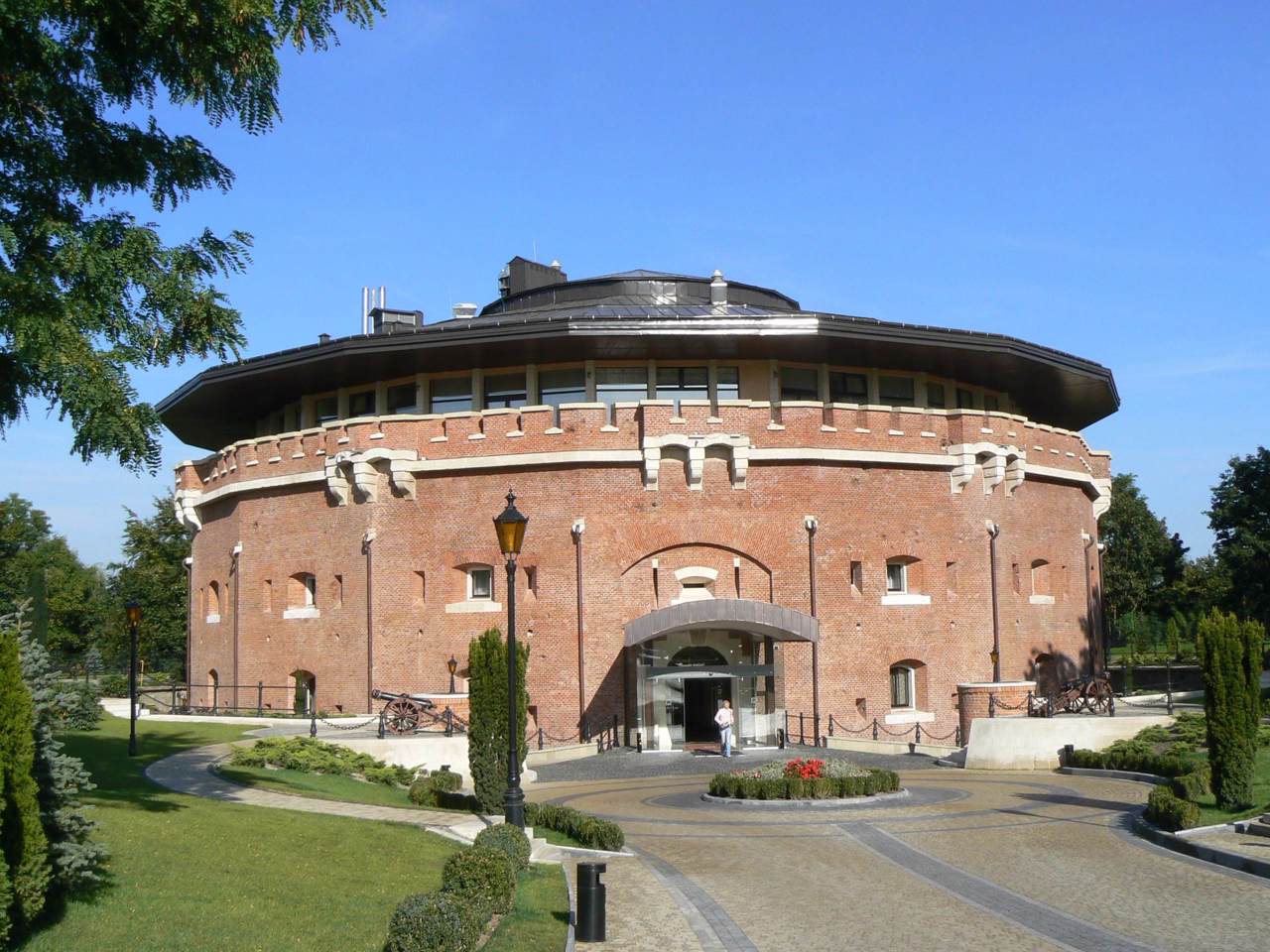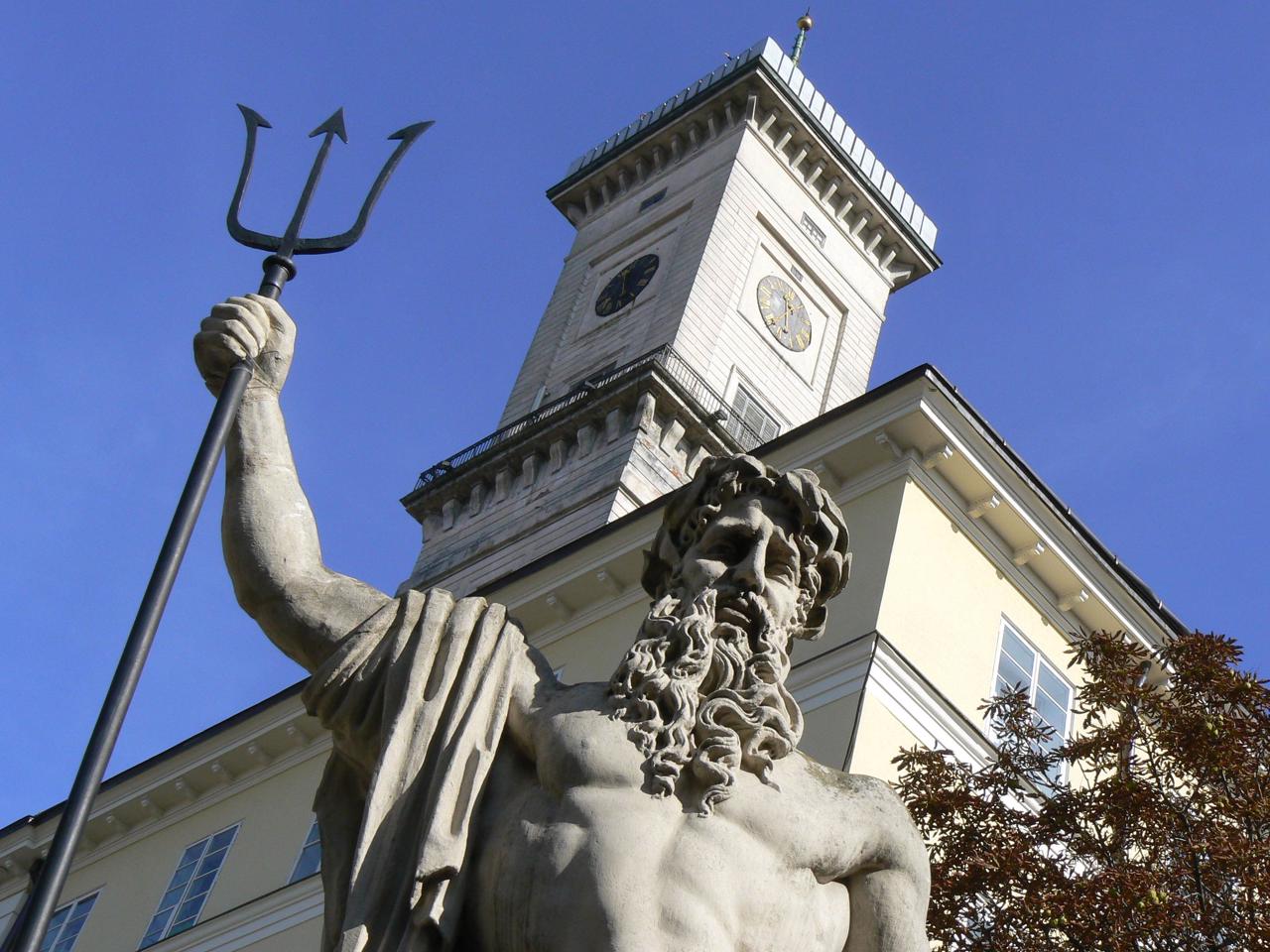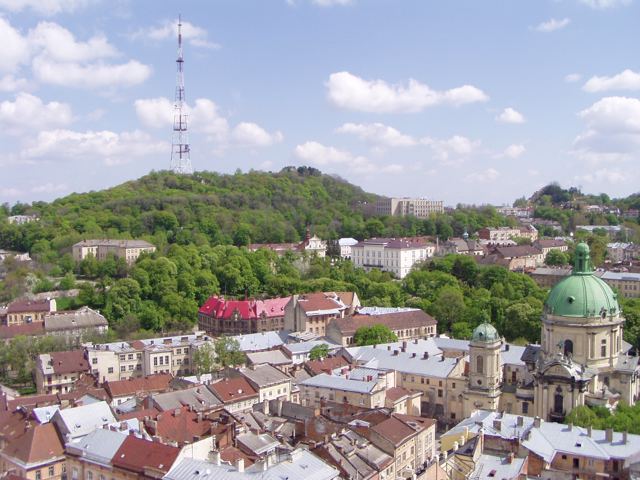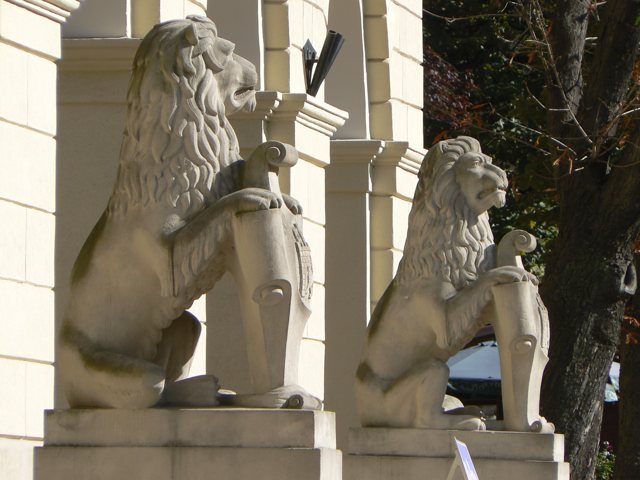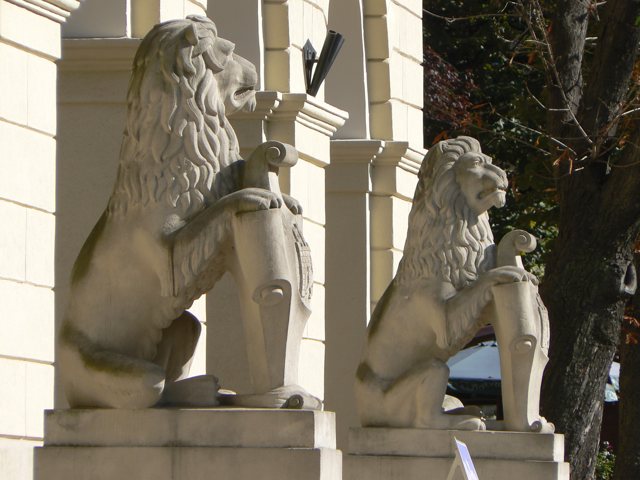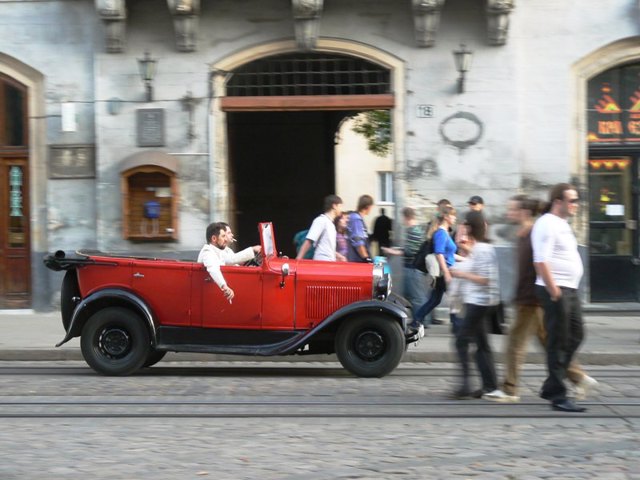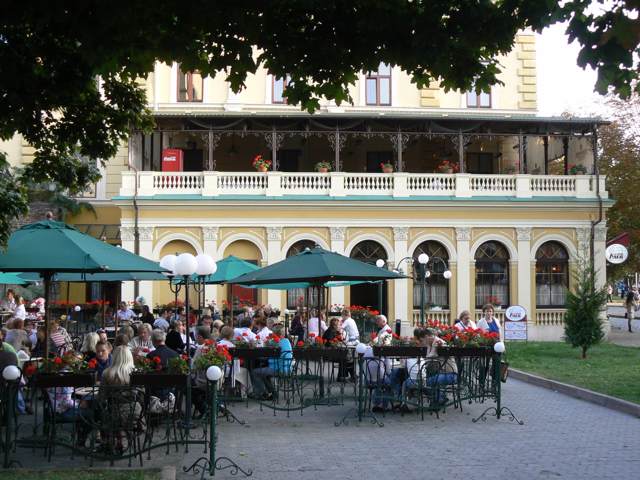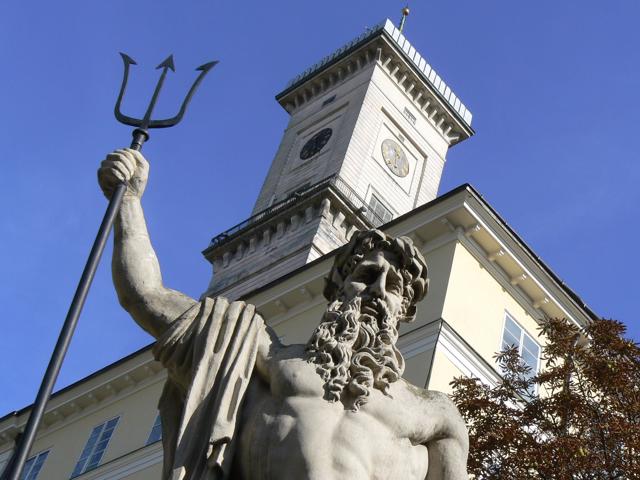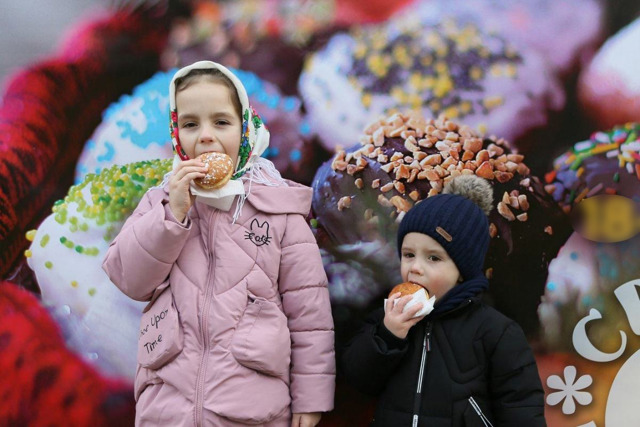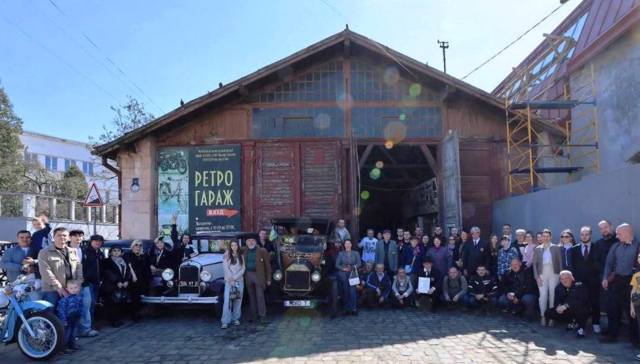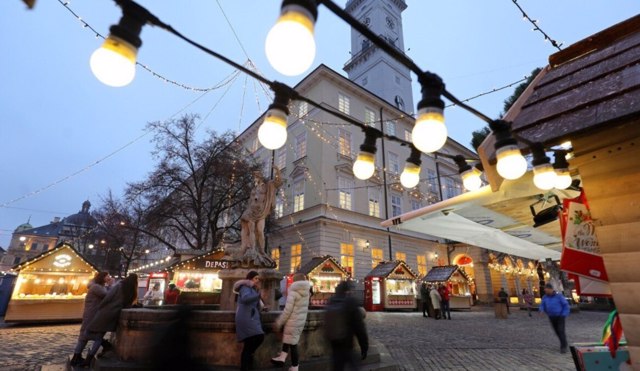Functional temporarily unavailable
General information about Lviv
The city of Lviv is the economic and cultural center of Western Ukraine.
It was founded in the middle of the 13th century by Prince Danylo Halytskyi and named after his son Leo. The first chronicle mention is the year 1256. In 1270, by order of Prince Lev, the city became the capital of the Galicia-Volyn state.
Since 1387, the city was under the rule of Polish kings, then Austria, then again Poland, until it was captured by the Red Army in 1939 and became part of Ukraine.
The city survived more than 30 wars, sieges and fires, but each time it rose from the ruins. Various styles and eras are bizarrely mixed in the architecture: Gothic and Baroque, Renaissance and Romanesque, Rococo and Empire, modern eclecticism and constructivism. Lviv patrons of the 16th and 17th cent ...
The city of Lviv is the economic and cultural center of Western Ukraine.
It was founded in the middle of the 13th century by Prince Danylo Halytskyi and named after his son Leo. The first chronicle mention is the year 1256. In 1270, by order of Prince Lev, the city became the capital of the Galicia-Volyn state.
Since 1387, the city was under the rule of Polish kings, then Austria, then again Poland, until it was captured by the Red Army in 1939 and became part of Ukraine.
The city survived more than 30 wars, sieges and fires, but each time it rose from the ruins. Various styles and eras are bizarrely mixed in the architecture: Gothic and Baroque, Renaissance and Romanesque, Rococo and Empire, modern eclecticism and constructivism. Lviv patrons of the 16th and 17th centuries invited talented craftsmen from all over Europe who created a unique pearl of architecture. The historic center is very well preserved and included in the UNESCO World Heritage List, although many buildings are in urgent need of repair.
The city has a well-developed tourist infrastructure, there are many hotels and restaurants of various levels. Tourists are especially attracted by the bohemian atmosphere of Lviv cafes.
The Day of the City of Lviv is celebrated on May 6, on the Day of St. George, the patron saint of the city. Many other holidays and festivals are held regularly.
Місто Львів - економічний і культурний центр Західної України.
Заснований в середині XIII століття князем Данилом Галицьким і названий ім'ям його сина Лева. Перша літописна згадка - 1256 рік. В 1270 році за наказом князя Лева місто стало столицею Галицько-Волинської держави.
З 1387 року місто перебувало під владою польських королів, потім Австрії, потім знову Польщі, доки в 1939 році не було захоплене Червоною Армією та увійшло до складу України.
Місто пережило більше 30 війн, облог і пожеж, але кожен раз піднімалося з руїн. В архітектурі химерно змішалися різні стилі та епохи: готика та бароко, ренесанс і романський стиль, рококо та ампір, сучасні еклектика й конструктивізм. Львівські меценати XVI-XVII століть запрошували талановитих майстрів з усієї Європи, які с ...
Місто Львів - економічний і культурний центр Західної України.
Заснований в середині XIII століття князем Данилом Галицьким і названий ім'ям його сина Лева. Перша літописна згадка - 1256 рік. В 1270 році за наказом князя Лева місто стало столицею Галицько-Волинської держави.
З 1387 року місто перебувало під владою польських королів, потім Австрії, потім знову Польщі, доки в 1939 році не було захоплене Червоною Армією та увійшло до складу України.
Місто пережило більше 30 війн, облог і пожеж, але кожен раз піднімалося з руїн. В архітектурі химерно змішалися різні стилі та епохи: готика та бароко, ренесанс і романський стиль, рококо та ампір, сучасні еклектика й конструктивізм. Львівські меценати XVI-XVII століть запрошували талановитих майстрів з усієї Європи, які створили унікальну перлину архітектури. Історичний центр дуже добре зберігся і внесений до списків світової спадщини ЮНЕСКО, хоча багато будинків наполегливо вимагають ремонту.
Місто має добре розвинену туристичну інфраструктуру, тут багато готелів і ресторанів різного рівня. Туристів особливо приваблює богемна атмосфера львівських кав'ярень.
День міста Львова відзначається 6 травня, в День Святого Юрія, покровителя міста. Регулярно проводиться безліч інших свят і фестивалів.
Сплануй своє перебування у Lviv
What to see and where to go in Lviv
Tourist attractions and museums of Lviv
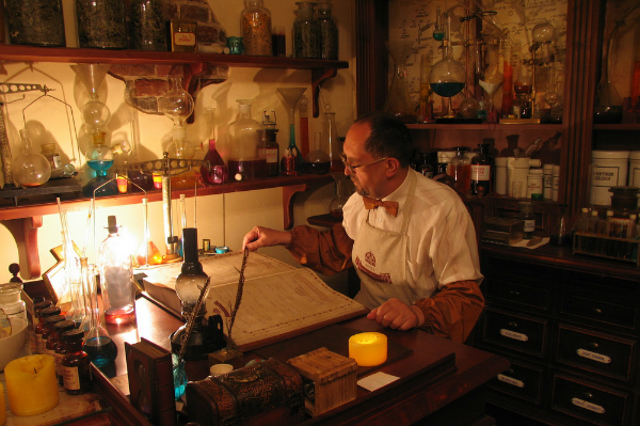
"Secret Pharmacy" Museum
Museum / gallery
The interactive museum "D.S. Secret Pharmacy" in Lviv is a magical and mysterious place.
The history of this museum began in May 2012, when in one of the oldest Lviv pharmacies "Under the Hungarian Crown" during construction and restoration work was found a secret entrance to the basement, which found a former pharmaceutical laboratory, which operated in the late XIX - early XX centuries.
The name of the pharmacy is associated with the legend of the nearby Bernardine Monastery, where for some time were the relics of Saint Stephen - King and Patron of Hungary. "Secret Pharmacist" still cooks "soap for bribers" and produces "pills for happiness".
The main secret of the pharmacy is guarded by the world's only apothecary Lion. Visitors discover the history of the "Secret Pharmacy" in a light format video tour with elements of theatrical performance and tasting of the "pharmacy elixir of happiness and longevity."
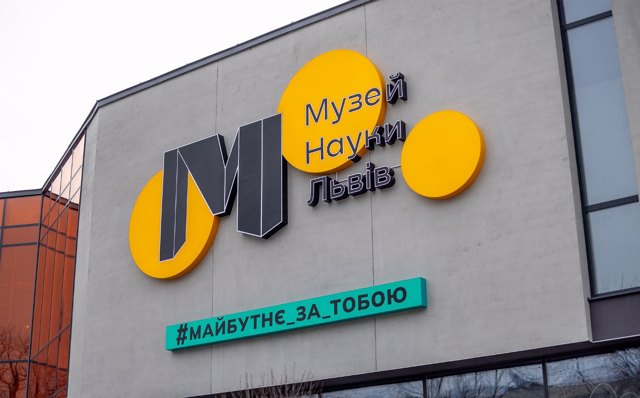
Science Museum
Museum / gallery
The Lviv Science Museum is an interactive space with an area of more than 2,000 square meters, which helps to learn about the world through experiments and interaction with exhibits.
Each of the museum's nine exposition blocks reveals a separate theme: "Air", "Water", "Acoustics", "Optics", "Electricity", "Science", "Man", "Robots", "Formula-1". More than 100 interactive exhibits provide an opportunity to conduct experiments with pneumatic devices and soap bubbles, create a mini-hurricane or a sea storm, generate electricity at a power station, play musical instruments in a recording studio, communicate with the RoboThespian robot, play poker with the KUKA KR 210 robotic arm, visit different corners of the Earth thanks to VR technologies and even change the wheels of a racing car at the pit stop.
On the first floor there is a recreation area with a coffee shop and a souvenir shop.
The two-story building of the Lviv Science Museum is equipped with accessibility standards in mind, in particular, it is equipped with an elevator.
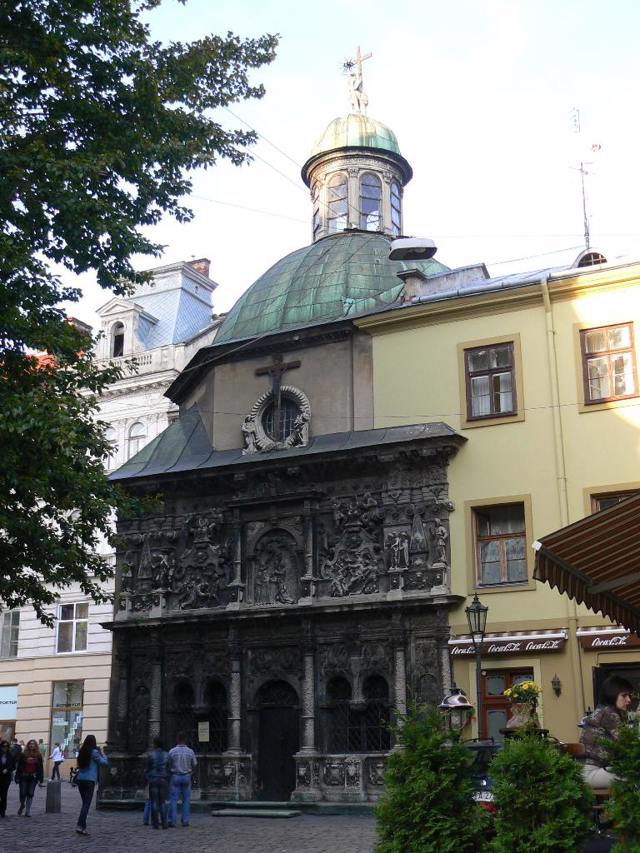
"Boim Chapel" Museum
Architecture , Museum / gallery
The Boim Chapel near the walls of the Latin Cathedral is one of the most remarkable architectural buildings of Lviv in the Renaissance style, an architectural monument of national importance.
The chapel was built at the beginning of the 17th century over the family crypt of the Lviv patricians Boim (the city cemetery was located next to the cathedral). Presumably, the construction was carried out by the team of architect Andriy Bemer.
Experts call this building in the style of the mature Renaissance with a transition to Baroque a vivid example of southern mannerism in Ukraine. The western facade of the Boim chapel impresses with the wealth of decorative decoration. The author of the sculptural composition is considered to be the master from Wroclaw, Hanush Sholts. The dome is crowned by an unusual sculpture of a seated Christ. The interior is also filled with many sculptural images, most of which are by Yan Pfister.
The Boim Chapel Museum is a subdivision of the Lviv National Art Gallery.

Assumption of Holy Virgin Armenian Cathedral
Temple , Architecture
In the Armenian quarter of Lviv, between the streets of Virmenska and Lesi Ukrayinky, there is a cathedral, a bell tower, the palace of the archbishops and a nunnery. The buildings form a colorful "Armenian yard".
The construction was led by the Armenian architect Dorinh (Dorhi) at the expense of Armenian merchants. The image of the cathedral has many common features with the cathedral in the ancient Armenian capital of Ani. Over the centuries, the cathedral was renovated and extended. The oldest part is the eastern part (from the 14th century). Reconstruction in 1723 gave the building a baroque appearance.
In the altar part there are traditional "khachkar" stone crosses. The sculptural groups of the 15th century "The Belief of Khoma" and "Saint Sophia with Daughters" are of significant artistic value.
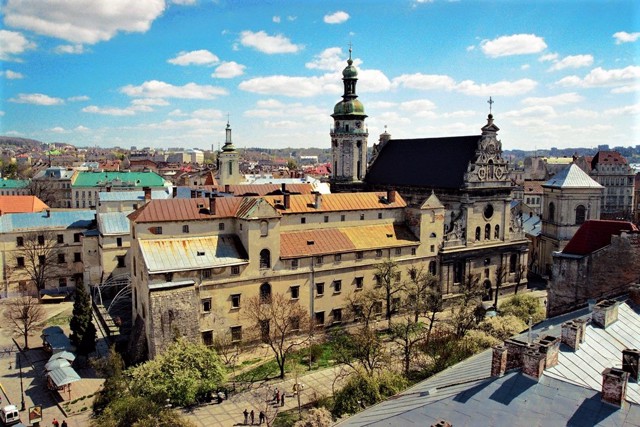
Bernardine Monastery
Temple , Architecture
The monastery of the Bernardine order in Lviv with the church of Saint Andrew the First-Called in the 17th century was a separate fortification unit outside the city.
The Bernardine Monastery was surrounded by a moat, a rampart and a defensive wall, which is partially preserved, with a tower of the Hlynyansky Gate overlooking the Customs Square. Powerful monastery fortifications were connected with a ring of city walls.
The Church of Saint Andrew was built in the years 1600-1630 according to the project of architects Bernard Avelides and Pavlo Rymlyanin in the Renaissance style. The lush interior is made in the Baroque style, there are many wooden altars of the 18th century. The decorative column in front of the facade was installed in 1736 in honor of Saint John of Dukla, the patron saint of the Bernardines.
The premises of the Bernardine Monastery now belong to the Central State Archives of Lviv, and the church of Andrew the First-Called was handed over to the Ukrainian Greek Catholic Church.
Lviv in news and blogs
Reviews Lviv
Geographical information about Lviv
| {{itemKey}} | {{itemValue}} |
|---|---|
| Region |
Lviv |
